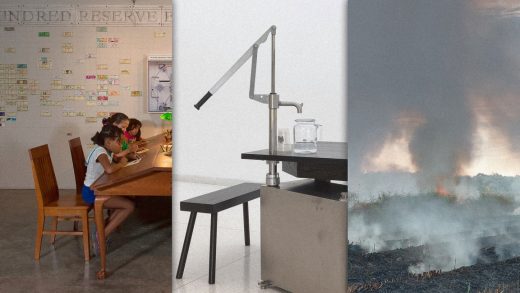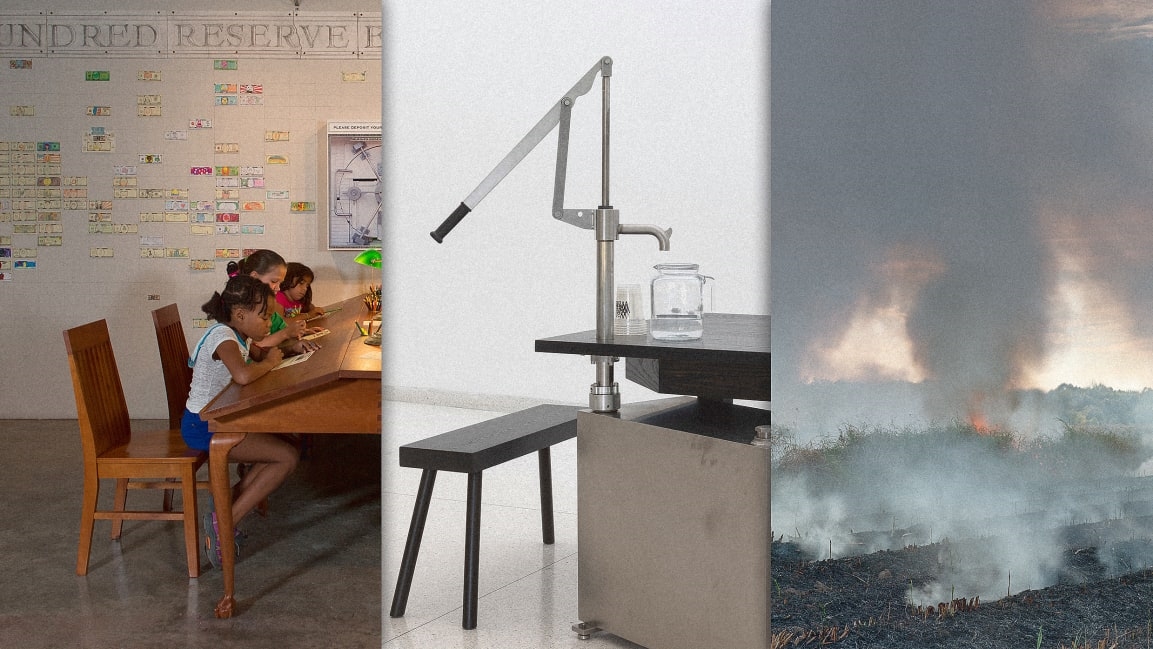Chicago becomes a museum to the devastating intersection of racism and climate change
To celebrate the 40-year anniversary of its celebrated Fellows program, the MacArthur Foundation decided to show off the talents of its grantees. The no-strings-attached “genius grants” that are awarded annually to innovators in the arts, humanities, and sciences have resulted in a deep body of work that explores, and sometimes solves, some of the major problems facing society. Toward Common Cause: Art, Social Change, and the MacArthur Fellows Program at 40, a new exhibition of the artwork of previous MacArthur Fellows, brings this work into the public realm.
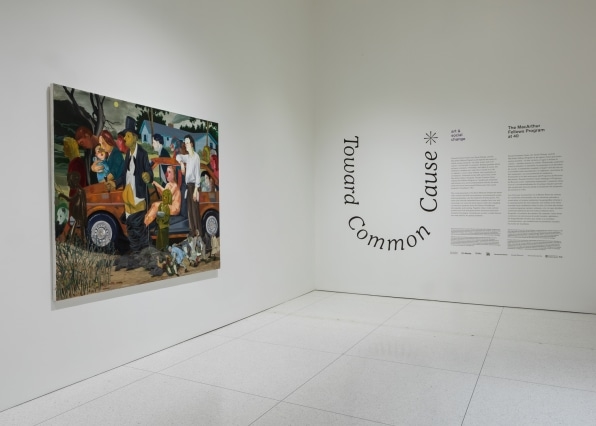
Across Chicago, where the foundation has its main office, there are artworks displayed from 29 of its grantees. But it’s more than a simple retrospective. Instead, the citywide exhibition takes artwork beyond the walls of the major museums to confront issues facing many low-income and minority communities in Chicago and other postindustrial cities. In installations scattered across bus shelters, disenfranchised neighborhoods, and community-based organizations, the exhibition brings a spotlight to the ways many lower-income residents in cities are often disproportionately burdened with pollution, environmental degradation, and public health disparities.
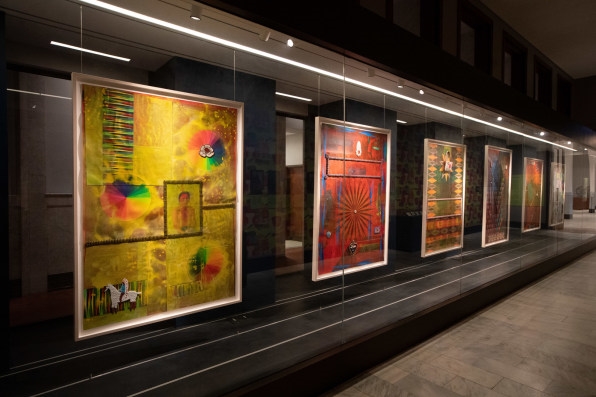
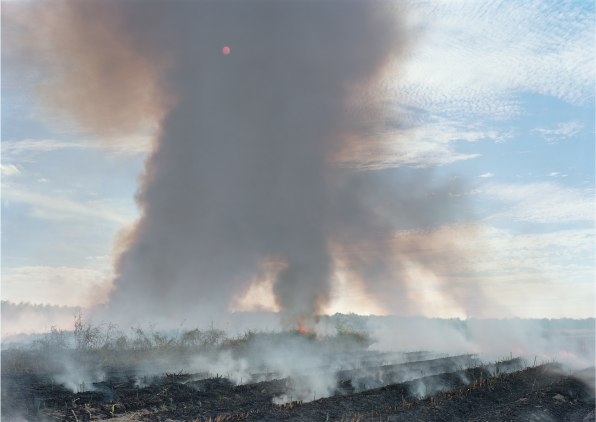
[Photo: Courtesy of the artist and Marian Goodman Gallery/Smart Museum of Art at the University of Chicago]
To create a citywide experience that explored these and other themes, the MacArthur Foundation teamed up with curator Abigail Winograd of the Smart Museum of Art at the University of Chicago and brought in dozens of partner institutions and community organizations to put the artworks in places where museums and contemporary art are less accessible.
“I was interested in this idea of ‘just, verdant, and peaceful,’” Winograd says of the foundation’s mission for the world.
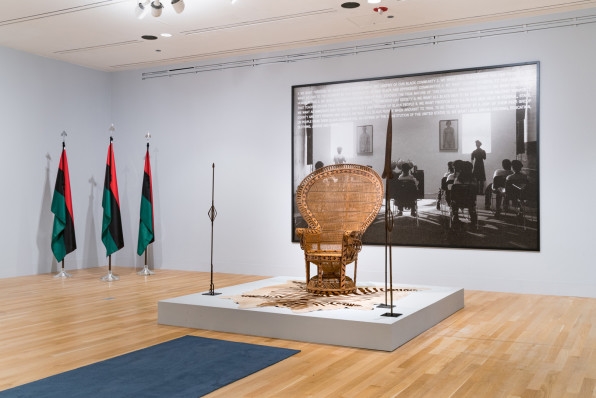
[Photo: Robert Chase Heishman/Courtesy of Logan Center Exhibitions and the Smart Museum of Art at the University of Chicago]
She focused in on the idea of the commons—the shared spaces, resources, and even cultural standards that can either hold up a society or crumble beneath one. Toward Common Cause examines issues of environmental justice. The artworks, Winograd says, are “trying to reveal the relationship between urban and rural geographies, and the exposure to postindustrial pollution and the results of extractive mining, drawing connections between public health crises and environmental racism.”
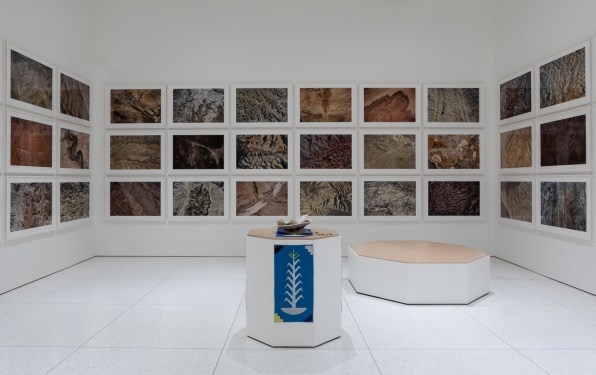
[Photo: Michael Tropea/Courtesy of the Smart Museum of Art at the University of Chicago]
Photographs by LaToya Ruby Frazier reveal the lives affected by water pipe contamination in Flint, Michigan. Works by Fazal Sheikh show the disturbed—and disturbingly beautiful—landscapes in Israel that have displaced Bedouin populations in the name of mining and public infrastructure projects. An exploration of Tulsa’s Black Wall Street by Rick Lowe includes a series of posters installed on bus shelters throughout the city that delve into the racism that led to the neighborhood’s violent decline.
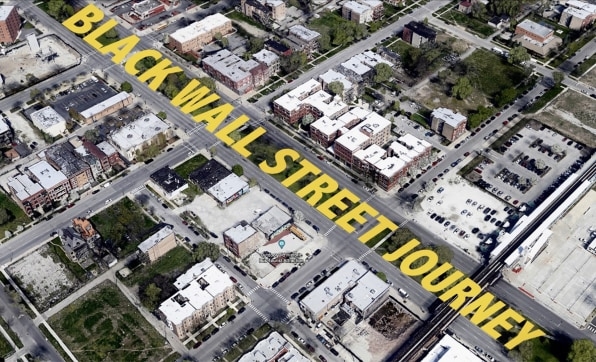
[Photo illustration: Courtesy of the artist/Smart Museum of Art at the University of Chicago]
At the Sweet Water Foundation, a nonprofit in Chicago’s South Side, artist Iñigo Manglano-Ovalle has a series of works featuring water infrastructure as a way to interrogate issues of water access and scarcity, building on previous installations in California and New Mexico. At Sweet Water, a hydrant will become a permanent point of access for clean water, freely available for use in the community gardens on-site. “In Chicago, which is located on the Great Lakes, which contain 20% of the world’s fresh water, thinking about the precariousness of fresh water is a really pressing question,” Winograd says.
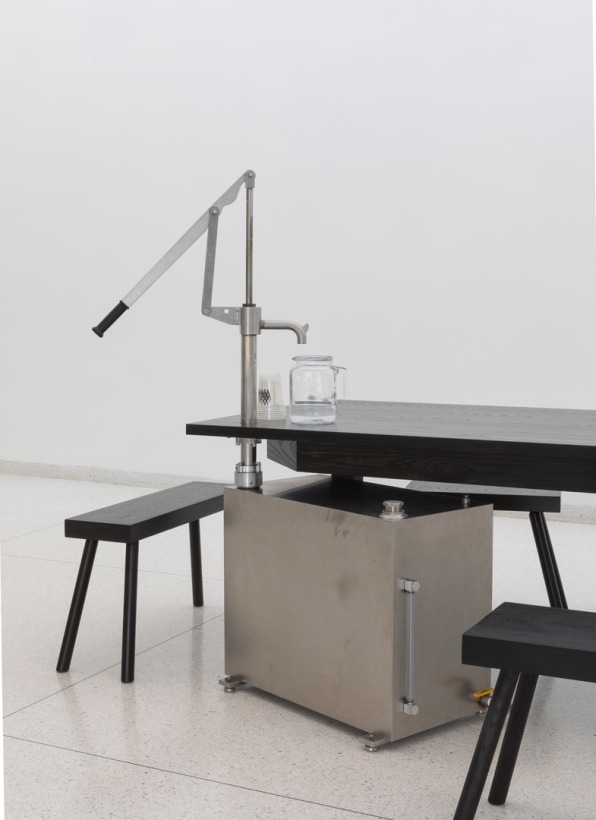
[Photo: courtesy of the artist and Rhona Hoffman Gallery/Smart Museum of Art at the University of Chicago]
Also on that site is a piece by Mel Chin, who has been doing a series of works focused on lead contamination in cities like New Orleans. His project at the Sweet Water Foundation is a functioning bank vault door on the side of a building, meant to connect with his public education campaign seeking lead-safe homes and communities. “It symbolizes the value present in the community, but also safe space free of lead,” Winograd says.
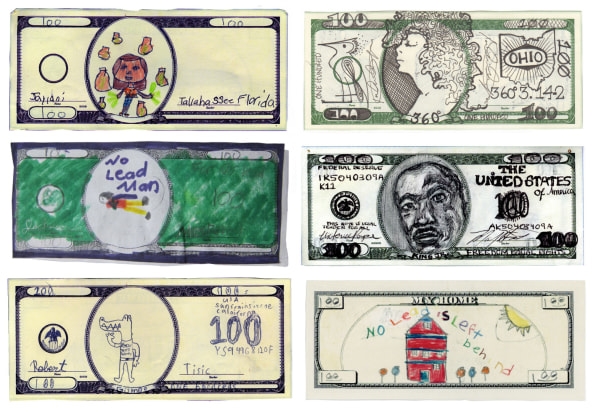
[Photo: Fundred Project/Courtesy of the Smart Museum of Art at the University of Chicago]
The pollution and environmental issues many of these artworks address are common not just in Chicago’s lower-income neighborhoods but also in cities around the world. Winograd says the issues raised by the works in the exhibition are meant to give voice to the communities affected by these ongoing challenges, and to push for change.
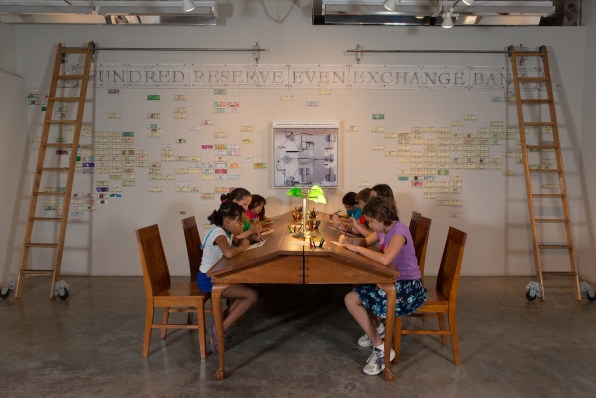
[Photo: Ben Premeaux/Courtesy of Fundred Project/Smart Museum of Art at the University of Chicago]
“All of these kinds of activities that happen in the global south and in communities of color in the United States are able to go on because we as a society have not collectively taken a stand against the exploitation of disenfranchised communities,” she says.
Toward Common Cause aims to broaden that conversation. The exhibition is currently on display, and many of the artworks will remain accessible throughout the rest of the year.
(55)

